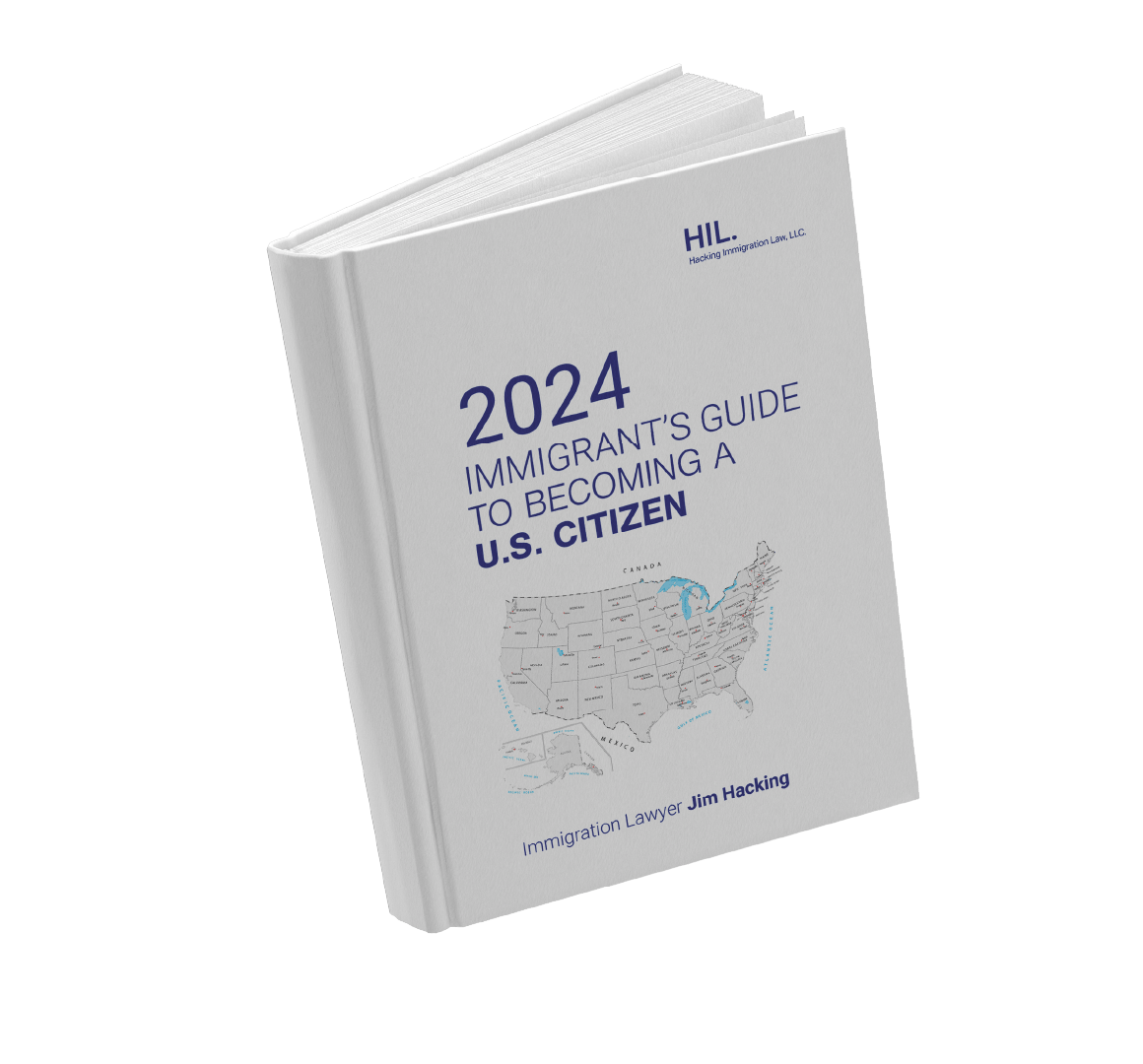
Family-based immigration is a journey filled with both hope and hurdles.
In reality, though, reuniting with families across borders can be challenging. Your #1 challenge would be how to navigate the complexities of family-based immigration.
Many people, including lawful permanent residents, are unsure about how to proceed. This system divides those who can reunite with their loved ones in the U.S. from those who remain apart from their family members. If you don't understand how to navigate the immigration law and system, reaching your goal can be elusive.
Read on to learn more about:
Table of Contents
Family-based immigration makes up a significant portion of legal immigration. It accounts for about 65% of annual lawful immigration.
This statistic underscores how family reunification is integral to our nation's ethos. It is at the heart of its immigration system.
In many cases, it's not just individuals seeking new opportunities. Entire families are often involved. Immigrants can sponsor their relatives to join them. This creates strong familial ties that contribute to societal stability and cultural diversity.
In 2023, 83% of green card recipients are immediate family members of lawful permanent residents and U.S. citizens. This highlights how deeply ingrained this practice is within immigrant communities across nationalities.
Family-based immigration is also an avenue through which immigrants become green card holders. This is a critical step towards becoming United States citizens.
With a green card, you can live and work in the U.S. You may travel freely outside America. You can also apply for citizenship after five years (or three if married to a U.S. citizen).
The United States has a complex immigration system. It's filled with various paths to lawful permanent residency. One such path is family-based immigration.
This method allows U.S. citizens and green card holders to sponsor certain relatives for immigrant visas or green cards.
Immediate relatives play an essential role in this process due to their unique eligibility criteria.
In contrast with other categories, immediate relatives are not subject to any numerical limits or caps on visa issuance each year. This class of people comprises:
Hacking Immigration Law, LLC provides detailed information about eligibility for immediate relative groups.
Beyond immediate relatives lies another group. These are the numerically limited family preference immigrants. They are admitted annually based on set quotas defined by law.
This understanding is crucial. It helps potential applicants navigate through the nation's legal immigration structure. It also minimizes delays associated with lengthy processing times.
The U.S. immigration process has a history of experiencing long wait times. This includes the area of family-based immigration.
The number of applications often exceeds the numerical limits set by law. Thus, delays are inevitable until a green card becomes available under the law.
To manage backlogs and ensure fairness, requests are prioritized based on category and date received.
Certain categories, such as the immediate family member of United States citizens, may have their petitions processed faster than others falling under numerically limited family preference categories.
The implications of these waiting periods can be significant for families seeking reunification in the U.S.
Navigating through these challenges requires patience and careful planning from petitioners and beneficiaries. Here are strategies to navigate delays:

Embarking on the journey of family-based immigration can be a complex and daunting task. However, with careful planning and understanding of the process, it becomes manageable.
First, you must file an immigrant petition. This typically involves filing Form I-130, Petition for Alien Relative (USCIS). Ensure that you provide all necessary documentation to avoid delays in processing.
If your relative falls under one of the numerically limited family preference categories, they must wait until an immigrant visa number is available before proceeding. This could take several years, depending on their category and nationality.
A key part of successful legal immigration is patience during waiting periods due to annual caps or backlogs.
The Visa Bulletin is published by the Department of State (DOS) monthly. It provides updates about when applicants from different countries may apply based on priority dates established at the time petitions were filed.
Another essential step is preparing effectively for green card interviews. Research common interview questions beforehand. Remember, honesty and thorough preparation are paramount here.
Navigating through U.S.'s intricate immigration system requires comprehension of processing times.
The USCIS website offers resources like the 'Check Case Processing Times' tool. This helps estimate how long each stage might take.
The intricate details and ever-changing regulations make it imperative to seek expert guidance.
This is where Hacking Immigration Law, LLC steps in. We provide a range of citizenship and immigration services to help you. We can streamline your experience by offering complete legal support throughout the process.
We provide personalized solutions tailored to meet your unique needs, such as:
Our seasoned professionals are here to help you navigate these complexities.
Our immigration attorneys will guide you from the consultation until becoming a United States citizen. We ensure all aspects are covered meticulously. These include medical examinations, processing times, and employer sponsorship. We provide valuable insights into what one might expect during such crucial interactions.
Our goal is to help families reunite faster under United States laws. We can minimize the stress associated with lengthy procedures inherent within the system.
Remember, when it comes to securing your future in America, nothing beats having a reliable partner like us.
Family-based immigration strengthens communities and fosters cultural diversity. It also promotes economic growth by attracting skilled immigrants to reunite with their families.
Family-based immigration allows U.S. citizens or lawful permanent residents to sponsor certain relatives for green cards. It facilitates legal entry into the country. This process falls under two categories: immediate relatives and preference categories.
The effects can be both challenging and rewarding. Separation during processing may cause stress. But successful migration results in improved living conditions and stronger financial stability.
There are two types. The first is immediate relative immigrant visas (for spouses, parents, or unmarried children of U.S. citizens). And the second is family preference immigrant visas (for other specific familial relationships).
If all these seem overwhelming, remember: You're not alone on this journey!
Hacking Immigration Law, LLC specializes in decoding complexities like these every day. Our team can help simplify your path toward successful family-based immigration. We'll ensure you stay within legal boundaries. Don't let hurdles deter your dream of reuniting with loved ones! Reach out today, and let us guide you home.








